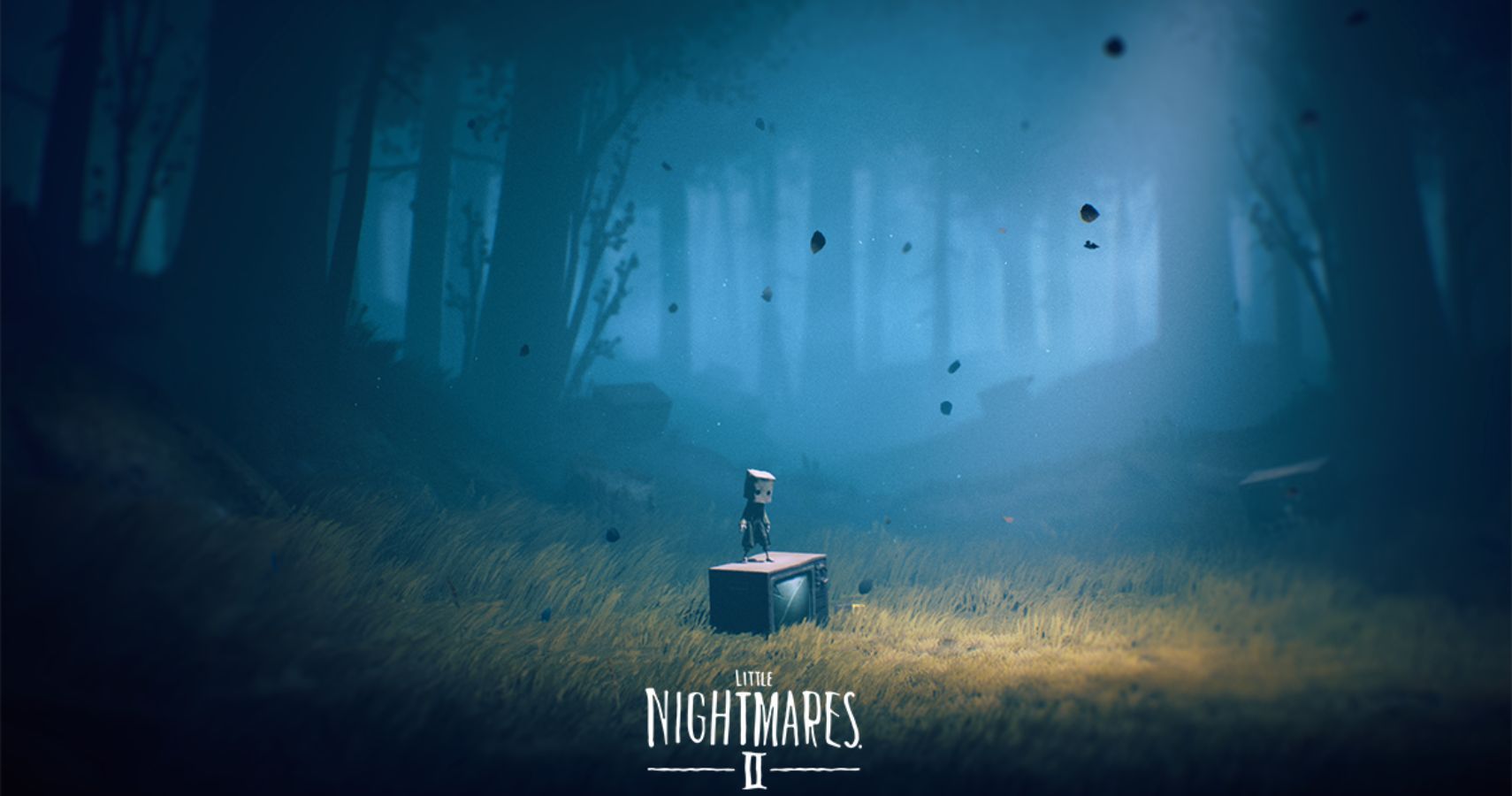

Part and parcel of a puzzle game is having an intuitive way to give completion hints to the player. The controls often feel counterintuitive when placed into intense situations, as we often ran in a slightly different direction than was meant due to camera changes, controls being unresponsive with directional input, and more. However, throughout the game, these moments feel tedious instead of awe-inspiring the same can be said about the various chase scenes in the game. We imagine this style of combat was deliberate as to enhance panic and cause the player to frantically fight not only with the enemy but themselves as well. Controls often feel outlandishly unintuitive with delays in button press and swing speed. Still, we can't help but feel as though they are a secondary mechanic. The implementation of combat mechanics certainly adds further depth to the gameplay. Mono can wield almost larger than self weapons and take the fight to critters that would otherwise squish him. Little Nightmares 2 places greater emphasis on the protagonist's ability to fight back by implementing more combat mechanics that were absent in the previous title. Little Nightmares 2 mixes up the mechanics Accompanied with the eerie music, these set pieces often cause enough panic to see you wiping your hands on your shirt to dry them. Very few games are able to capture the feeling of dread like Little Nightmares 2, with their beautiful yet often fear-inducing backdrops that make the player feel small, dreading every step forward. Through various set pieces in a different locale, players must bash their way through obstacles in front of them and work with Six's AI to overcome puzzles preventing progression.

Little Nightmares 2 continues the feeling of helplessness by throwing the player into intense, high-stakes hide-and-seek situations.


 0 kommentar(er)
0 kommentar(er)
